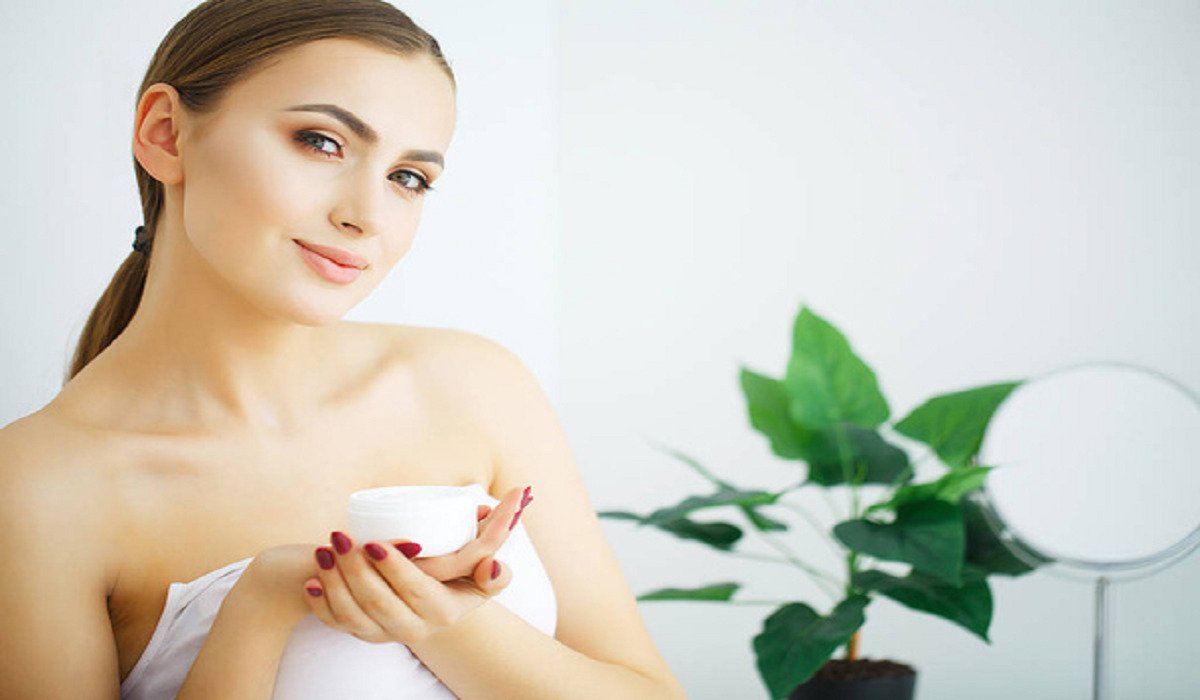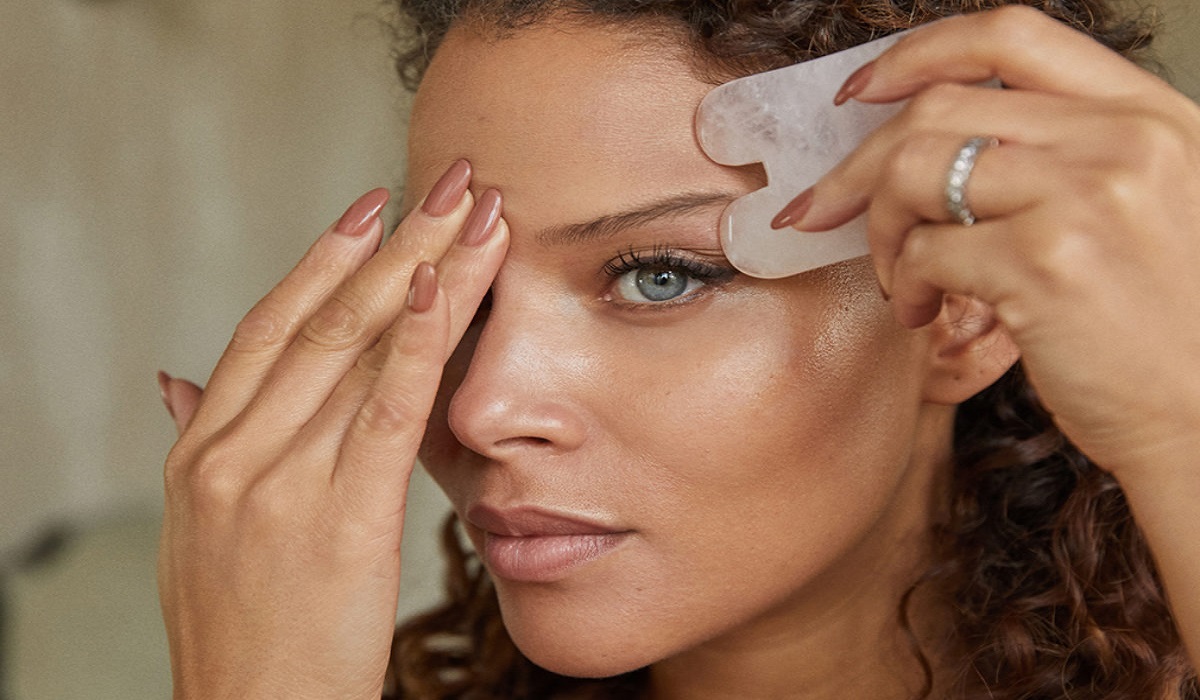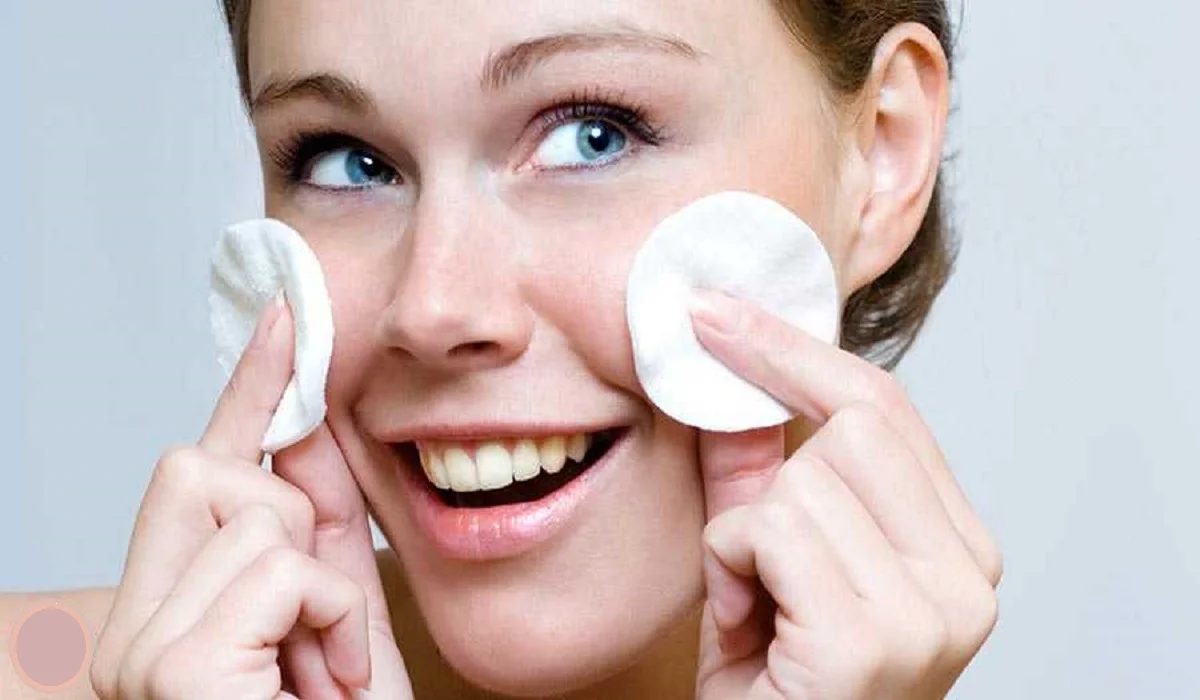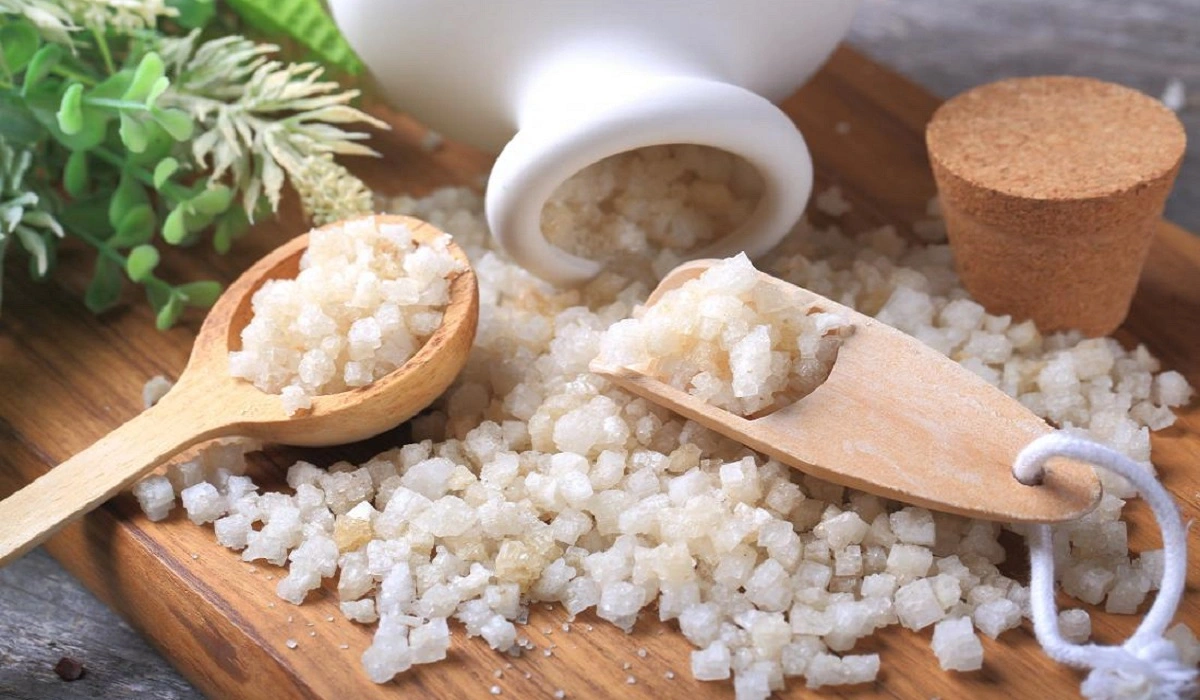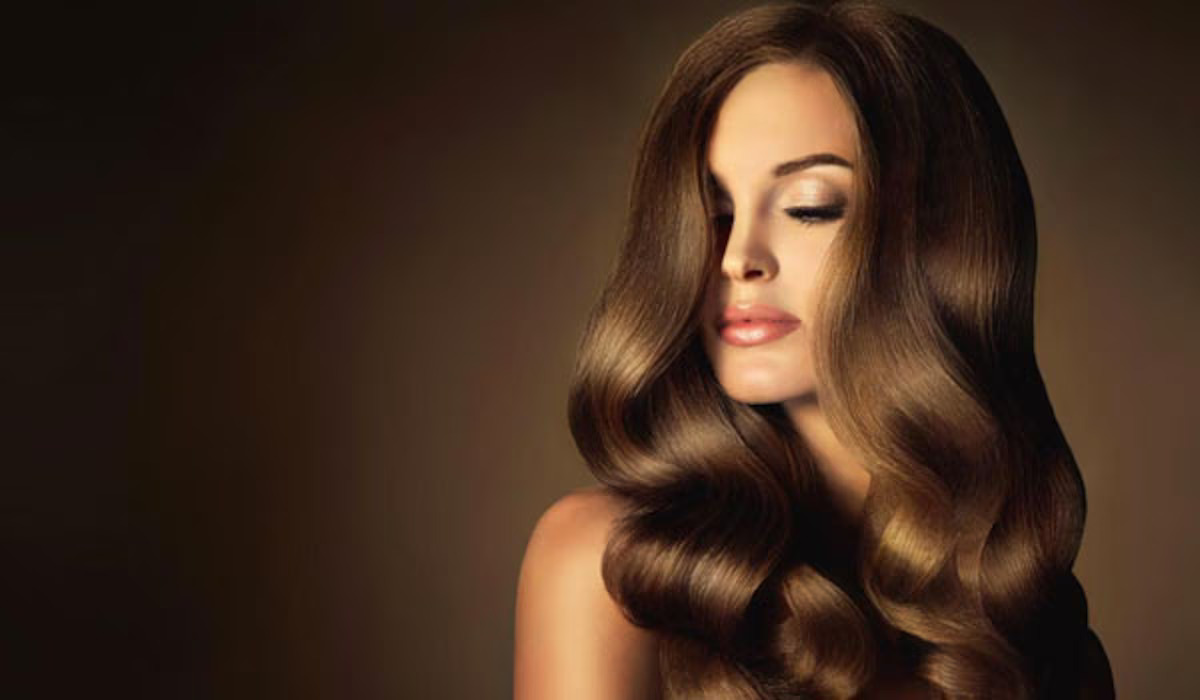
We’ve all been there – running out of body wash just when we need it the most. In moments of desperation, you may have considered using shampoo as a substitute for body wash. While it may seem like a practical solution, the question remains: is it safe to use shampoo on your skin? In this article, we will explore the differences between shampoo and body wash, the potential risks of using shampoo on your skin, and the better alternatives when you find yourself in a showering dilemma.
Understanding the Differences:
Shampoo and body wash are two distinct personal care products designed for specific purposes. Shampoo is formulated to cleanse the scalp and remove dirt, excess oil, and hair products from your hair, while body wash is intended to cleanse and moisturize the skin. The main differences between the two lie in their ingredients and formulations.
We’ve all been there – running out of body wash just when we need it the most. In moments of desperation, you may have considered using shampoo as a substitute for body wash. While it may seem like a practical solution, the question remains: is it safe to use shampoo on your skin? In this article, we will explore the differences between shampoo and body wash, the potential risks of using shampoo on your skin, and the better alternatives when you find yourself in a showering dilemma.
Understanding the Differences:
Shampoo and body wash are two distinct personal care products designed for specific purposes. Shampoo is formulated to cleanse the scalp and remove dirt, excess oil, and hair products from your hair, while body wash is intended to cleanse and moisturize the skin. The main differences between the two lie in their ingredients and formulations.
Shampoo typically contains ingredients such as surfactants, cleansing agents, and conditioning agents to target scalp and hair concerns. On the other hand, body washes usually contain milder surfactants and moisturizing ingredients that are gentle on the skin. The pH levels of shampoos and body washes also differ, with shampoos being more acidic to maintain the health of the scalp, while body washes tend to have a slightly higher pH to be more compatible with the skin’s natural pH.
Potential Risks of Using Shampoo on Your Skin:
While using shampoo on your skin occasionally may not cause immediate harm, it’s essential to be aware of potential risks and drawbacks.
Skin Irritation: Shampoos may contain stronger cleansing agents and fragrance, which can be harsher on the skin compared to body washes. Using shampoo on your skin regularly may lead to dryness, irritation, and redness.
Stripping Natural Oils: Shampoos are formulated to remove excess oils from the scalp, which means they can also strip your skin of its natural oils. This can leave your skin feeling dry and dehydrated.
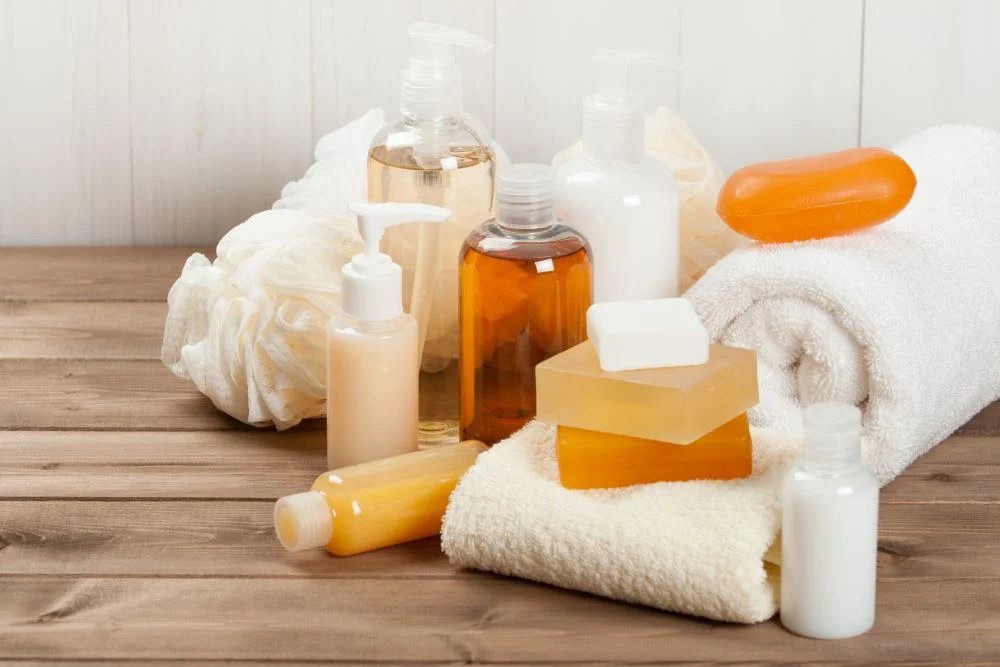
pH Imbalance: Shampoo and body wash have different pH levels. Using shampoo on your skin may disrupt its natural pH, leading to potential imbalances and skin issues.
Allergic Reactions: Shampoos often contain specific ingredients that are safe for the scalp but may cause allergic reactions when applied to the skin. These reactions can range from mild irritation to more severe allergic responses.
Eye Irritation: Shampoo formulas are not designed to be gentle on the eyes. If you use shampoo as a body wash, be cautious not to get it into your eyes, as it can cause irritation and discomfort.
Fragrance Overload: Some shampoos have stronger fragrances, which can be overwhelming when used on the body. The higher concentration of fragrance may lead to skin sensitivity or allergies.
Better Alternatives When You Run Out of Body Wash:
When you find yourself without body wash, there are safer alternatives to using shampoo on your skin. Consider these options:
Use Soap:
If you have a bar soap available, you can use it as a substitute for body wash. Look for a mild, moisturizing soap that is gentle on the skin.
Coconut Oil:
Coconut oil is a natural and effective option for cleansing and moisturizing the skin. It is gentle and nourishing, leaving your skin soft and hydrated.
Hand Soap:
In a pinch, hand soap can be used as a body wash. However, be mindful of the fragrance and ingredients, as some hand soaps may be too harsh for the skin.
DIY Cleanser:
If you have basic ingredients like olive oil and sugar, you can create a simple DIY cleanser. Mix olive oil and sugar to make a gentle exfoliating scrub that cleanses and moisturizes the skin.
Water Alone:
In cases where you have no suitable alternatives, rinsing your body thoroughly with water alone can remove dirt and sweat temporarily. Be sure to use body wash or soap as soon as possible to maintain proper hygiene.
While using shampoo on your skin in a pinch may not be harmful for occasional use, it is not a recommended long-term solution. Shampoos are formulated with different ingredients and pH levels than body washes, which can lead to skin irritation, dryness, and other potential risks. When you run out of body wash, consider using soap, coconut oil, hand soap, DIY cleansers, or water alone as alternatives. It’s essential to prioritize the health and care of your skin by using products specifically designed for the purpose of cleansing and moisturizing the skin. Always check the ingredients and suitability of any product before using it on your skin to avoid any adverse reactions or discomfort.


